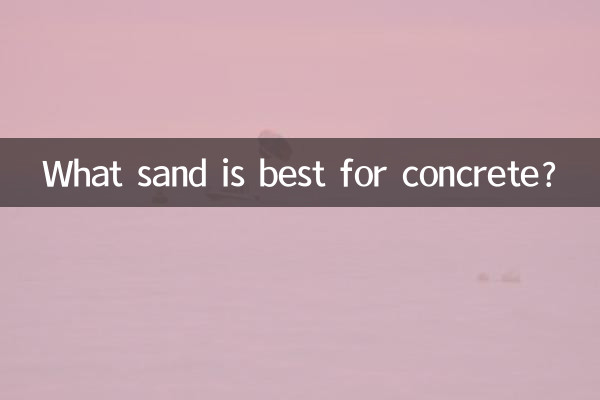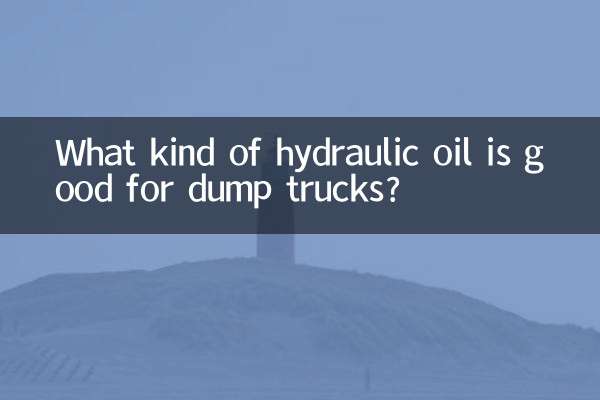What sand is best for concrete?
In construction projects, the quality of concrete is directly related to the strength and durability of the structure. As an important component of concrete, the selection of sand is particularly critical. This article will combine the hot topics and hot content on the Internet in the past 10 days, analyze the best choice of sand for concrete, and provide structured data for reference.
1. Types and characteristics of sand used in concrete

Sand for concrete is mainly divided into two categories: natural sand and machine-made sand. Here is their detailed comparison:
| type of sand | source | advantage | shortcoming |
|---|---|---|---|
| natural sand | river sand, sea sand, mountain sand | The particles are round, with low mud content and good fluidity. | Limited resources, higher prices |
| Machine-made sand | Rock crushing processing | Wide sources, low cost, particle shape can be controlled | The particles have many edges and corners, so the powder content needs to be controlled. |
2. Selection criteria for sand used in concrete
When choosing sand for concrete, you need to consider the following key indicators:
| index | Standard value | illustrate |
|---|---|---|
| Particle gradation | Comply with GB/T 14684-2022 | Reasonable proportion of coarse, medium and fine sand to ensure density |
| Mud content | ≤3% (below C30) ≤2% (above C30) | Excessive mud content will reduce the strength of concrete |
| Chloride ion content | ≤0.02% (reinforced concrete) | Sea sand needs to be desalinated |
| Robustness | ≤8% (Class I sand) | Reflects the weathering resistance of sand |
3. Recommendations for using sand in concrete of different strengths
According to the concrete strength grade, the following sand use options are recommended:
| concrete strength grade | Recommended sand types | Fineness modulus | Things to note |
|---|---|---|---|
| C15-C25 | Natural river sand or Class II manufactured sand | 2.3-2.8 | The mud content requirements can be appropriately relaxed |
| C30-C50 | Class I natural sand or high-quality machine-made sand | 2.6-3.0 | Strict control of mud content and gradation is required |
| C50 and above | Special machine-made sand or selected river sand | 2.8-3.2 | Special mix design is required |
4. Current industry hot spots and trends
1.Mechanized sand replaces natural sand and becomes mainstream: With the tightening of environmental protection policies, the market share of machine-made sand has exceeded 60%, and many places have introduced policies to encourage the production of machine-made sand.
2.Sea sand desalination technology upgrade: The new flushing + chemical treatment process stabilizes the chloride ion content in sea sand below 0.002%, and has been applied on a large scale in Guangdong, Fujian and other places.
3.Breakthrough in recycled aggregate research: Regenerated sand prepared from construction waste can be used in concrete below C30 after modification, and has been successfully used in supporting projects of Beijing New Airport.
5. Practical suggestions
1. Preferencegradation continuousFor river sand or machine-made sand, the fineness modulus is controlled in the range of 2.4-3.0.
2. When using machine-made sand, it is recommendedThe stone powder content is controlled at 7%-10%, can improve the workability of concrete.
3. Important structural projects should adoptSulfate content<0.5%of sand to prevent chemical erosion.
4. Items that must be inspected during on-site acceptance:Mud content, chloride ion content, shell content (sea sand).
Through scientific sand selection and strict quality control, the best performance of concrete can be ensured. It is recommended that the construction unit establish a sand database and regularly detect key indicators to ensure project quality from the source.

check the details

check the details